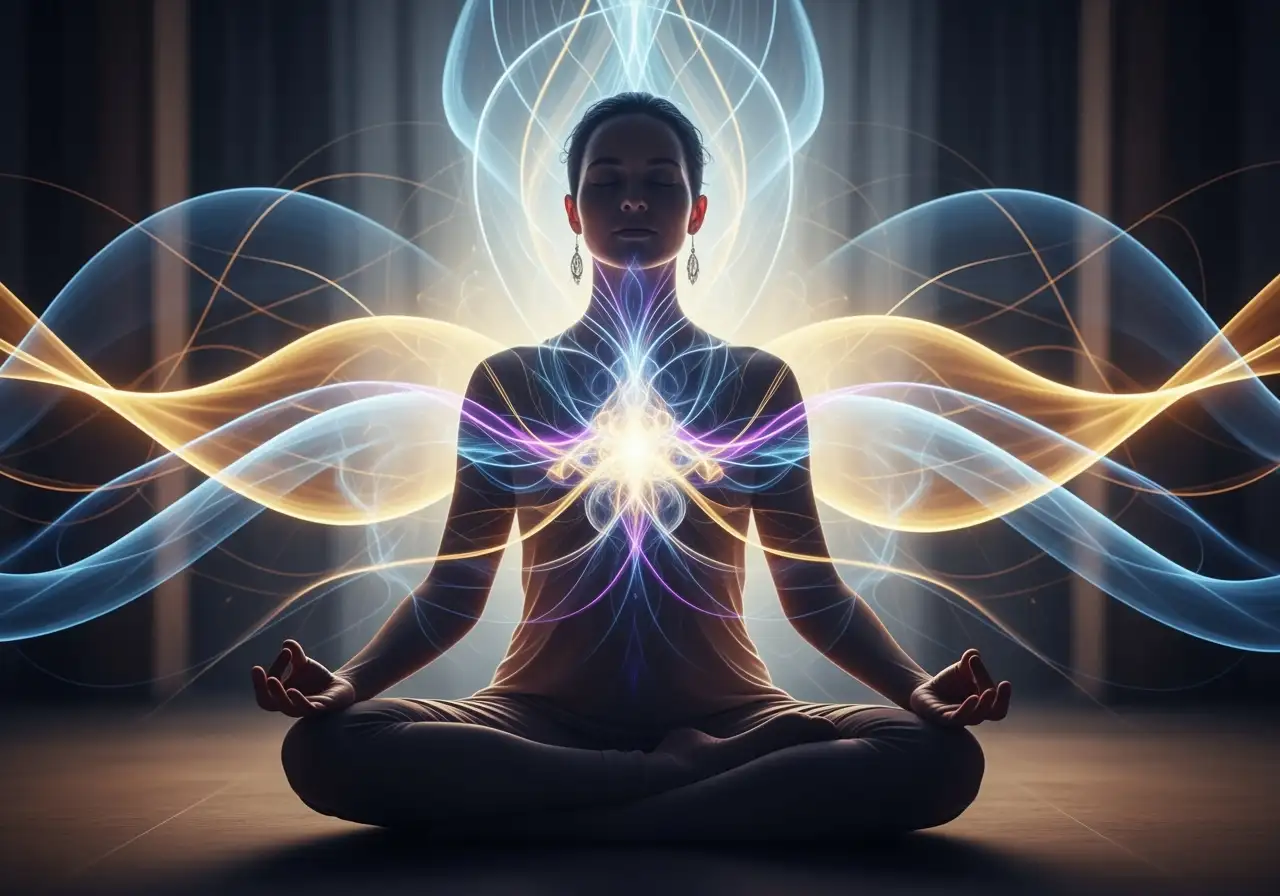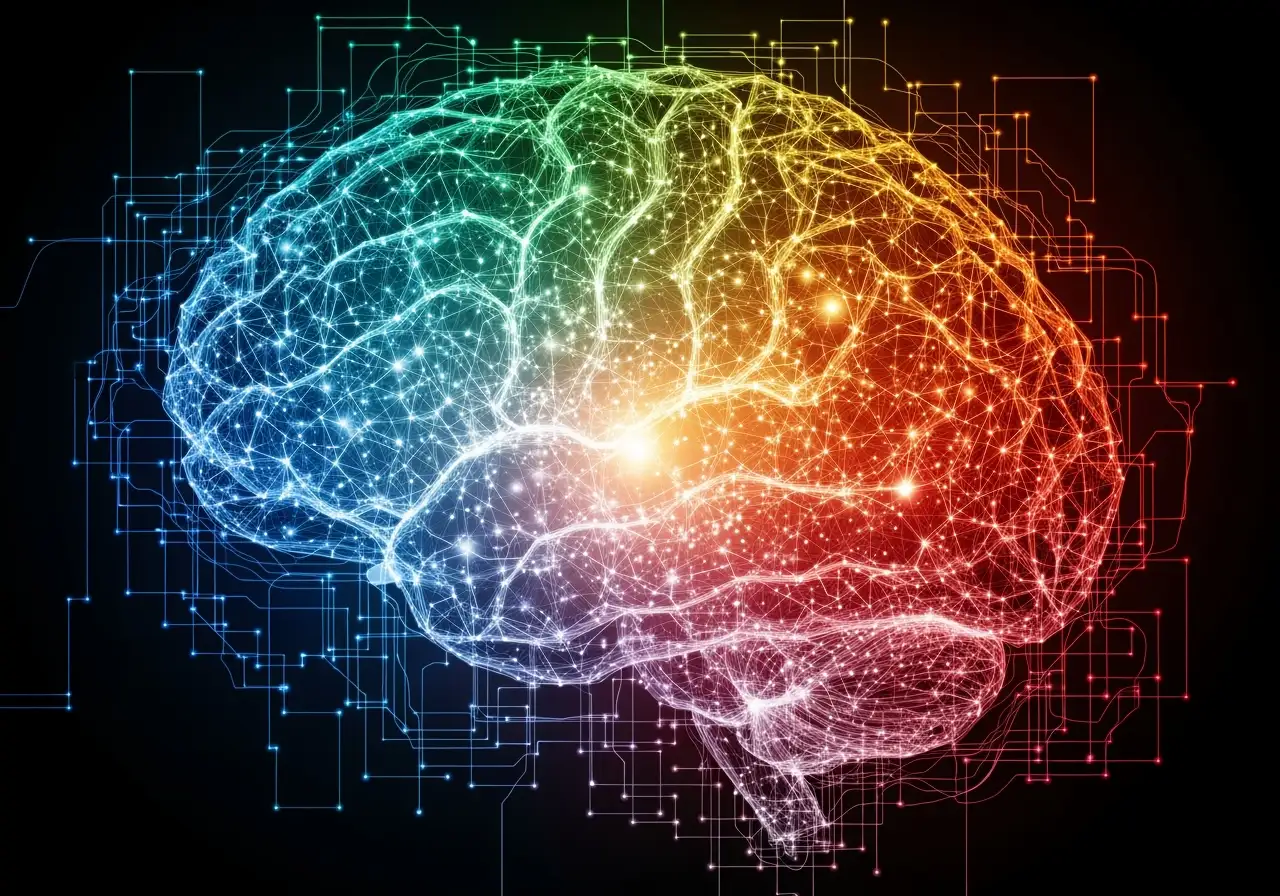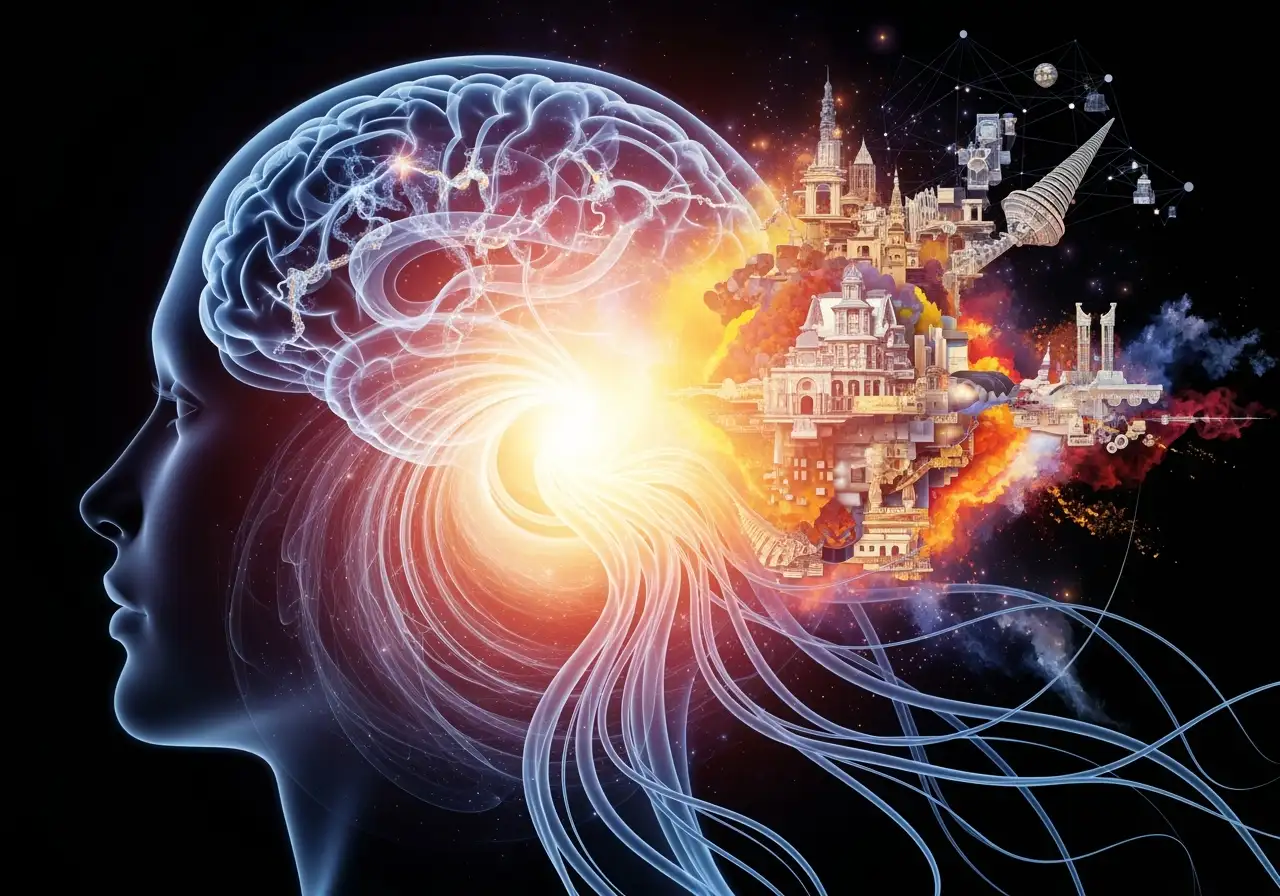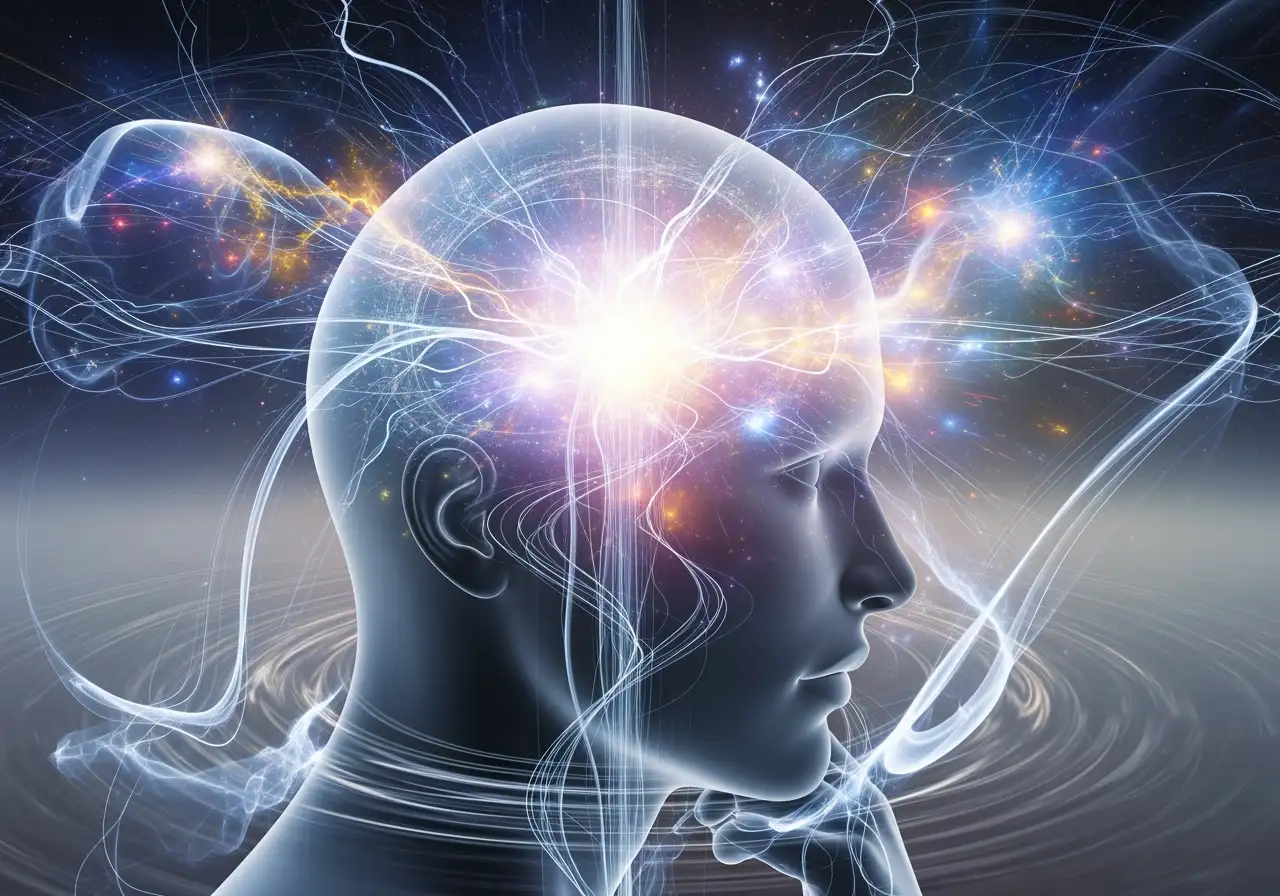the-timeless-roots-of-conscious-perception-reset
title: “The Timeless Roots of Conscious Perception Reset”
menu_order: 1
post_status: “publish”
post_excerpt: “Explore how the Quantum Mindfulness framework, particularly its Conscious Perception Reset, is deeply rooted in ancient philosophical traditions like Buddhism. Discover how timeless insights into the nature of reality and the mind’s role in its construction offer a powerful path to liberation from conditioned patterns and a more responsive way of being.”
taxonomy:
category:
- “Core Concepts”
- “Mindfulness Approaches”
- “Framework Principles”
post_tag: - “Conscious Perception Reset”
- “Buddhist Philosophy”
- “Psychodynamic Dimensions”
- “Cognitive Superposition”
- “Perceptual Freedom”
- “Observer-Participant Theory”
- “Inherited Scripts”
custom_fields: {}
The Timeless Roots of Conscious Perception Reset
In a world constantly chasing the next big thing, it’s easy to overlook the profound, enduring wisdom that often forms the bedrock of truly innovative approaches. The Quantum Mindfulness framework, with its revolutionary emphasis on Conscious Perception Reset — the innate capacity to “see anew” and prevent the past’s conditioning from dictating our present experience — is far more than a recent psychological innovation. It is a sophisticated distillation of philosophical and spiritual traditions that have pondered the fundamental nature of reality and perception for millennia.
At the heart of this ancient lineage lies Buddhist philosophy, a wellspring of insight that has, for centuries, meticulously explored the intricate relationship between the mind, our subjective perception, and the pervasive experience of suffering. A central tenet, deeply resonant with the Quantum Mindfulness perspective, is the profound understanding that our experienced reality is not simply an objective given, but is largely constructed by our own minds. Conditioned by our past experiences, deeply ingrained beliefs, and emotional attachments, we are reminded that we do not merely see things as they are, but rather, as we are. This profound insight forms a foundational pillar for the Quantum Mindfulness concept of Ontological Field Theory, which posits that our individual mental frameworks actively shape the reality we perceive.
Buddhist concepts such as impermanence (anicca) underscore that everything, including our thoughts, feelings, and external circumstances, is in a constant state of flux. Yet, our minds often exhibit a powerful tendency to cling to fixed ideas, rigid identities, and predictable reactions. This clinging, when confronted with the inevitable fluidity of life, often leads directly to psychological disharmony and suffering. In parallel, the teaching of non-self (anatta) challenges the very notion of a static, unchanging ego. If the self is not a fixed entity, then our deeply ingrained reactions, our automatic responses, and our habitual perceptions are also not immutable; they are dynamic, fluid, and inherently capable of profound transformation.
The ultimate aim within many traditional Buddhist practices is to achieve liberation from suffering by cultivating a profound clarity of vision, free from the distortions of conditioned perception. This is often referred to as “seeing things as they truly are” or achieving “right view.” This is not merely an intellectual exercise but demands a profound experiential shift. Practices such as mindfulness and meditation were meticulously designed to cultivate the specific kind of awareness needed to observe these mental constructs, to understand their genesis, and ultimately, to disengage from their limiting influence. This cultivation of awareness directly informs the Quantum Mindfulness approach to Consciousness Refinement.
It is precisely this ancient pursuit that the Quantum Mindfulness framework echoes when it guides us to “question the old filters” or to “take in fresh information.” It recognizes that much of our psychological distress and many forms of psychological dysfunction and imbalance stem not from objective reality itself, but from our interpretations of it. These interpretations, often shaped by inherited scripts — pervasive external conditioning and learned behavioral repertoires — can create a “false native architecture” that limits our perception and prevents us from achieving our full potential.
Quantum Mindfulness provides a structured, actionable method to pause the automatic processes of mind, to observe the dynamics of our internal world, and to consciously disengage from these ingrained mental habits. This process moves us beyond mere passive mastery, as seen in Classical Mindfulness (which emphasizes non-reactive observation and a passive recipient view of perception), towards a more active mastery. Through the Observer-Participant Theory, Quantum Mindfulness asserts that the act of conscious observation is not neutral; it is a creative intervention that inherently modifies both the observed mental state and the broader field of consciousness. This enables us to move from an unconscious reactive collapse into a more intentional collapse of mental states.
Central to this transformative process is the active engagement of our Psychodynamic Dimensions. The Psycho-Volitional Dimension, representing our primal will and intentionality, plays a critical role in initiating new cognitive processes and dissolving perceived limitations. By exercising this will, we can consciously direct our attention, shifting from a default, conditioned response to a more expansive, chosen perspective. The Psycho-Meditative Dimension, the seat of structured thought and analytical comprehension, then helps us to organize our insights and stabilize new understandings. This deliberate engagement with these dimensions allows for a profound Perceptual Reframing, enabling us to challenge the very foundations of our perceived problems.
This deep philosophical grounding provides a robust foundation for the framework’s actionable techniques. It assures us that the journey of “seeing anew” is not merely a psychological trick or a fleeting trend, but a profound re-engagement with a truth recognized by sages, mystics, and philosophers throughout human history. It’s about consciously applying these timeless insights and the wisdom of our interconnected Psychodynamic Dimensions to unlock a greater degree of perceptual freedom and a more responsive, authentic experienced reality in modern life. Are you ready to explore how these enduring insights can empower your personal transformation and lead to a more liberating way of being?






